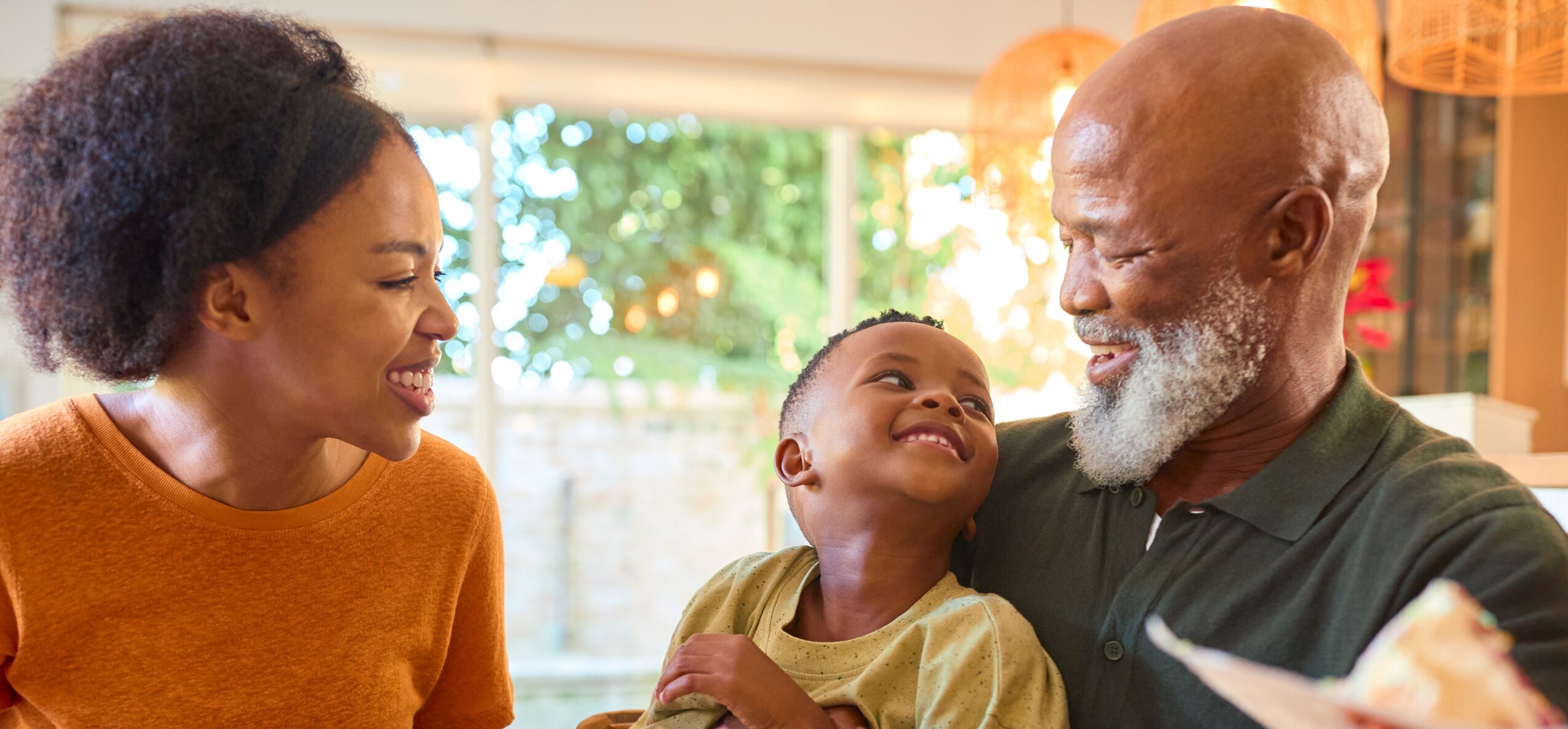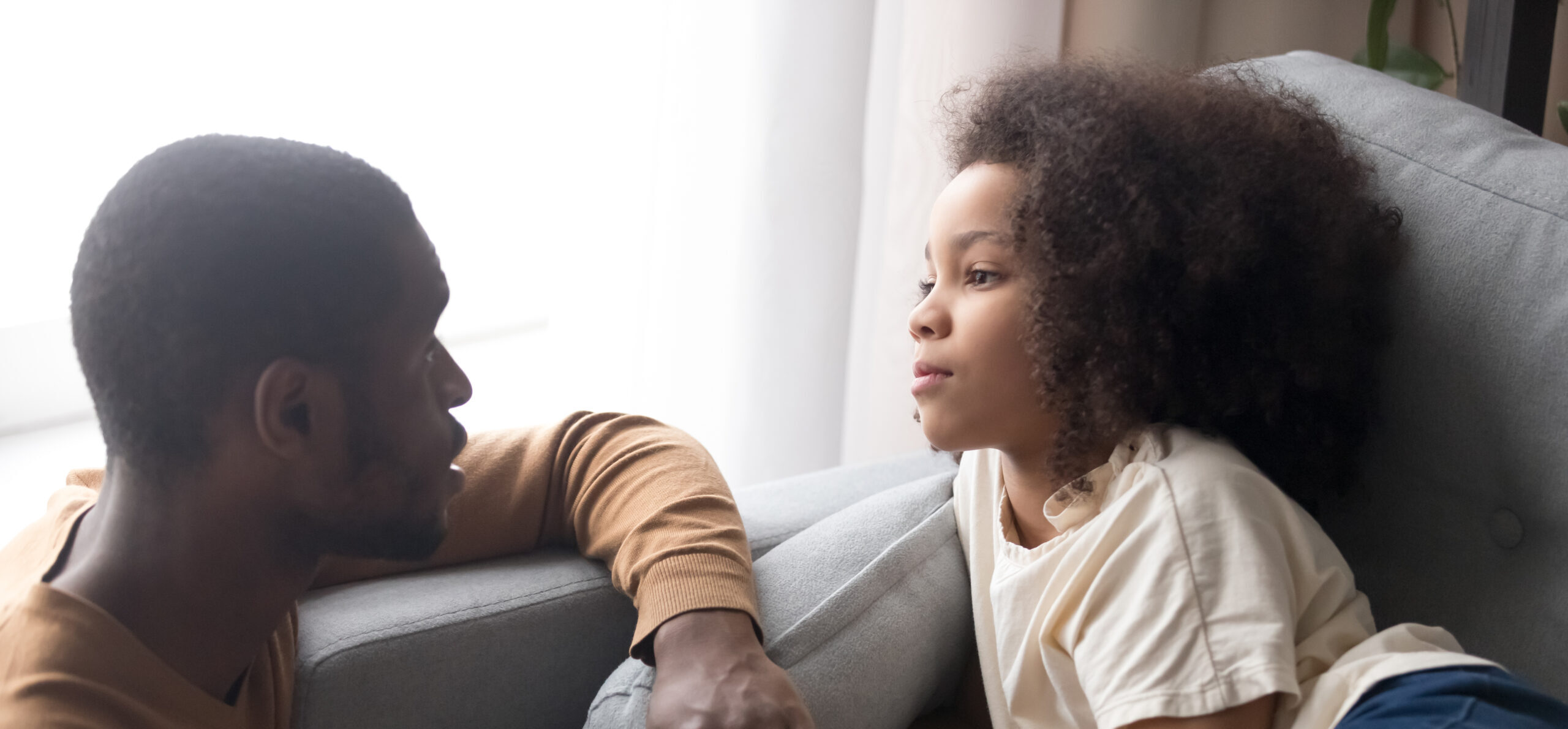Helping to Make More Schools “Adoption-Friendly”
Adoption Advocate No. 99
Introduction: Decisions, Choices and Options
As an adoptive parent and former high school teacher-turned-adoption educator, even I sometimes find it difficult to believe that there are still so many young people and educators who may not know what a positive option adoption can be. Despite a legal system and culture supportive of adoption—as well as decades of research validating adoption as a viable option for children and expectant parents experiencing unintended pregnancy—adoption education and awareness is still lacking.
Odds are good that if your child was adopted—or if they have ever considered adoption—they have heard some negative and hurtful things about adoption at school: on the playground, in the halls, and maybe even in their classrooms. Don’t believe me? Ask a pregnant teenager considering adoption what her classmates or teachers may have said to her: “Oh, honey, are you really going to give your baby away?” or “That’s horrible! How could you not love your own child?”
In 2002, these were exactly the kind of comments made to the daughter of a close friend of mine, who was fifteen years old, pregnant, and certain that adoption was the right choice for her and her baby. The family she had chosen for her child loved her, and she loved them. Together they planned for an open adoption. All of us who knew this young woman were amazed at her strength and resolve, her determination to do what she felt was right for her child.
What none of us knew at the time was that she was facing such invasive questions and unwitting verbal attacks from people at her own school. After several months of this, she changed her mind about adoption. “Everyone is making me feel like I’m a horrible person,” she told me.
While she was perfectly within her rights to decide to parent, it didn’t seem right to me that undue pressure from others had made her question her initial adoption plan. My instincts as an educator, parent, and advocate for birth moms went into overdrive. I called my former school administrator and asked if I could come in and talk with the students about what adoption really is and why it can be such a positive choice.
That’s how Decisions, Choices and Options came to be. I wanted students to better understand adoption, so that any of them facing unintended pregnancy could make a fully informed decision for or against making an adoption plan, free from inappropriate questions or negative comments in the classroom. I didn’t want other young women to go through what my pregnant friend had endured at school. No young woman considering adoption should have to face such judgment from her academic community.
The Work We Do
Since that time, our organization has grown; we now partner with agencies and community organizations in ten states, and have developed curriculum models to serve and educate teachers, elementary school students, middle school students, high school students, and college students. We have helped give over 85,000 young people a look at ethical infant adoption, taught them accurate adoption language, and promoted respect for expectant parents considering adoption as well as birth parents. We have also trained and worked with pregnancy resource centers across the country to incorporate accurate information and correct adoption language into the counseling process—a skill I first learned many years ago after participating in NCFA’s own Infant Adoption Awareness Training Program.1
One day, after one of our adoption education presentations at a large high school, I stood with a group of students, waiting for them to hand in their post-presentation evaluation surveys. A football player was at the end of the row, still writing. After class, I read what he had to say: Thank you for teaching my classmates about adoption today. I’m sick of the “why didn’t your ‘real’ mom keep you” questions.
Later that same year, my own third-grader got off the school bus and said, “Mom, you won’t believe what Justin said to me today. He said ‘why didn’t your real mom want you?’”
I thought my heart would break in two. Our family is fortunate enough to have an open adoption relationship with our son’s birth mother. We love her, honor her, and talk often about how blessed we are to have her in our life. My son didn’t seem as hurt as I was for him that day. But he is now a high school football player himself, and he still gets asked that same question.
What is at the heart of the hard questions and comments adoptive children—and birth parents—have to hear? It boils down to the lack of knowledge about adoption, the fact that it is not discussed honestly and openly in schools. Our teachers could be front-line educators about the option of adoption and the families created through it.2 Children should understand that a family made by adoption is as “real” as the family created by biology.
That’s why one of our many education programs is focused on teaching elementary school educators how to talk about adoption in the classroom, advocate for adopted students, and intervene in potentially hurtful conversations.3
The Adoption Friendly Classroom
Decisions, Choices and Options has designed several age-appropriate educational programs for elementary, middle, and high school students. All of our programs include a discussion of adoption: what it is; its benefits for all those directly impacted by adoption; how adoption plans are made; and how adoptive families are approved. We help students discuss outcomes for birth parents, share video clips of birth parents making adoption plans, and promote accurate adoption language in schools.
Our Adoption Friendly Classroom Program is a program specially designed for teachers, delivered through an in-service education setting. Its purpose is to raise awareness about adoption and help teachers learn how to promote a positive and adoption-friendly environment in the classroom.
The program highlights the importance of stepping in when a child is being inappropriately questioned or demeaned by classmates regarding their adoption (“Who is your ‘real’ mom?” or “Why didn’t your parents want you?”). Our curriculum also includes information about how certain lessons—like family trees, baby photo collages, and so on—can inadvertently create complications and additional difficulties for adopted children.
While there still aren’t many organizations like ours going into the schools to directly educate teachers, students, and parents about adoption, several states now include adoption education in their school curriculum requirements. Just last year, my state, Tennessee, began providing positive adoption education to all students in public schools. Several other states—including South Carolina, Utah, Michigan, Louisiana, and Virginia—have similar requirements.
Conclusion
Could the negativity surrounding domestic infant adoption be one factor contributing to the almost statistically insignificant numbers of women choosing that option? According to research commissioned by National Council For Adoption, there are only about 10.4 adoptions per 1,000 non-marital live births—indicating that about 1 percent of unmarried mothers choose to make adoption plans for their infants. There are about 15 infant adoptions per 1,000 abortions.4
I recently met with a pregnant teen with a very challenging home life. Her mom wanted her to choose abortion. She went to a crisis pregnancy center and was immediately signed up for parenting classes. But no one ever told her that she has another choice. This is entirely consistent with what I have observed for the past fifteen years as an educator and adoption advocate.
Over two million American school children entered their families through adoption, yet adoption is rarely spoken of in a positive way in school. Nor is it clearly or compassionately explained to young women weighing their pregnancy and parenting options. It is rarely presented in public or private school classrooms during sexuality education presentations or family life discussions. It is also not mentioned in many counseling rooms by staff or volunteers. Yet from years of research we know that adoption can greatly benefit children, and that birth parents who make voluntary, well-informed adoption plans and receive crucial counseling and support report a high rate of satisfaction with their decision.
We can and must do better for our children, for our teenagers, for our students, for birth parents and adoptive families. If youth only hear the negative words about adoption—if they face judgment from peers and educators in their community who do not understand what it is—they won’t be able to consider it as a viable option when they face unplanned pregnancy or support their peers who are considering it.
If you want to help more students understand the reality of adoption, I invite you to contact me. Together we can continue this conversation with young people, help them understand all of their options, and teach them what adoption really is. We can help promote a whole, compassionate, informed view of adoption and educate students across the country about this positive option.
References
- National Council For Adoption. Consider the Possibilities Workbook. 2012. NCFA received federal funding from HHS-2-11-ACF-ACYF-CG-0170 to run the Infant Adoption Awareness Training Program.
- Further recommended reading: Call, Casey, Purvis, Karyn, et al. “Creating Trauma-Informed Classrooms.” Adoption Advocate No. 75 (September 2014). National Council For Adoption. Retrieved online at: https://adoptioncouncil.org/publications/adoption-advocate-no-75/
- Mitchell, Christine. “Back to School: A Guide to Making Schools and School Assignments More Adoption-Friendly.” Adoption Advocate No. 27 (September 2010). National Council For Adoption. Retrieved online at: https://adoptioncouncil.org//publications/2010/09/adoption-advocate-no-27
- Placek, Paul J. National Adoption Data Assembled by the National Council For Adoption. Adoption Factbook V. 2011.



